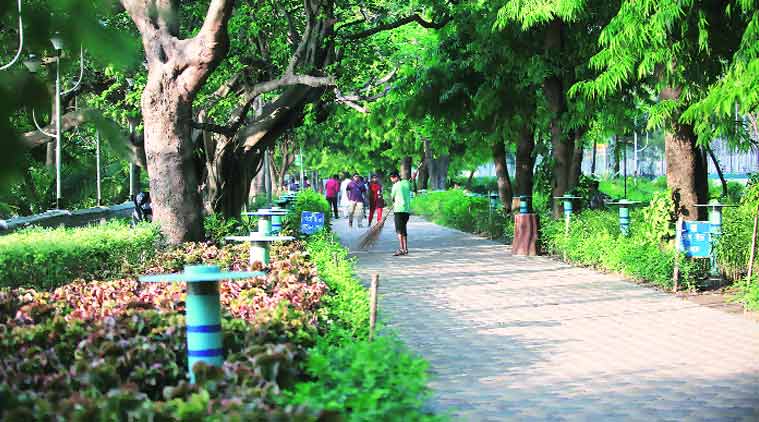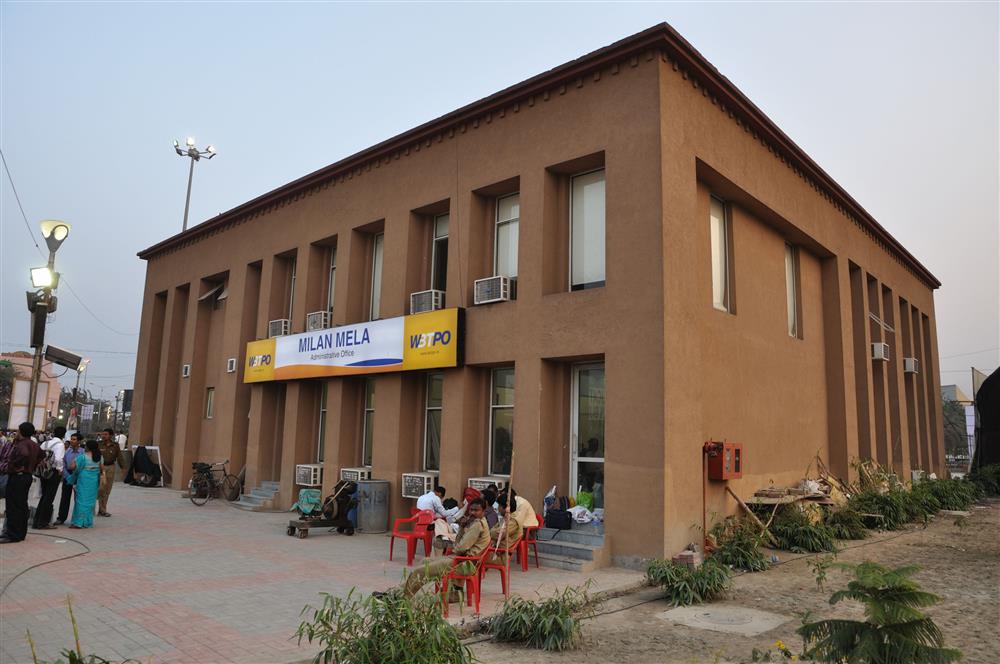The State Horticulture Department is gearing up to tap the immense demand for orchids in the international market.
According to a senior official of the department, the State Government has recognised the huge potential in the export of orchids and is taking various steps, including talking to all the stakeholders in the trade, to ensure the potential is properly tapped.
Orchids are mostly grown in colder regions. Darjeeling grows Cymbidium orchids in abundance, which is of high demand in countries like USA, UK, Australia and Japan. Cultivation of orchids is a low-cost activity and the flowers can be grown without a greenhouse. However, after harvesting, the flowers need to be shipped out quite fast. Hence, the department is talking with the Airports Authority of India to upgrade Bagdogra Airport so that it can handle more international flights. With the upgrading, the market for South-east Asia can also be tapped for export.
Another issue being looked into is packaging. Exports require packaging of international standards that ensures good shelf life. Hence, the department will hold talks with Indian Institute of Packaging for having a packaging protocol for flower exports.
Another issue coming in the way of higher exports is the fact that the Cymbidium orchid has a long gestation period of four to six years. To resolve this, the department is working out on how to use advanced technology for the cultivation of these flowers and extend all required help to the cultivators.
Another major challenge is to source good orchid varieties to keep pace with emerging trends, since demand in the orchid industry is determined by changing tastes. Hence, plans are being made to cultivate more species of orchids as per demand.
Chief Minister Mamata Banerjee, while attending the Hills Business Summit in Darjeeling last March, had asked the CII to prepare a detailed project report on the cultivation of cinchona, orchids and medicinal plants, all of which have huge markets, both internationally and in the country. The initiatives taken by the Horticulture Department in realising the huge export potential of orchids are in pursuance of that.
Source: Millennium Post










